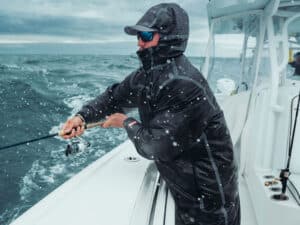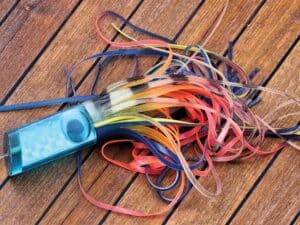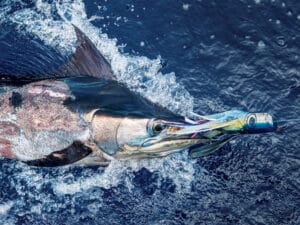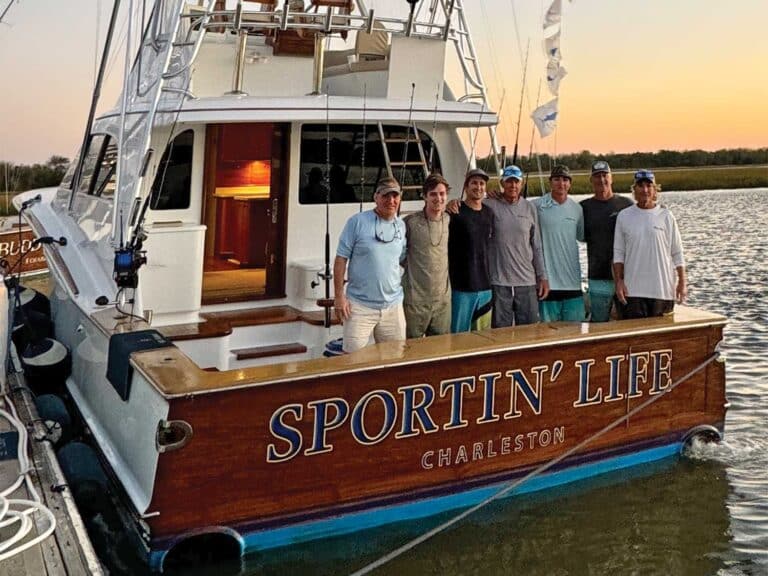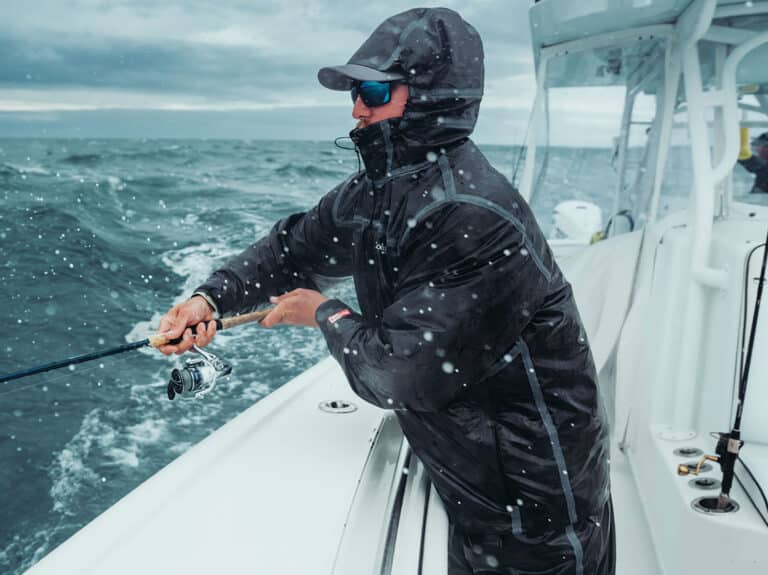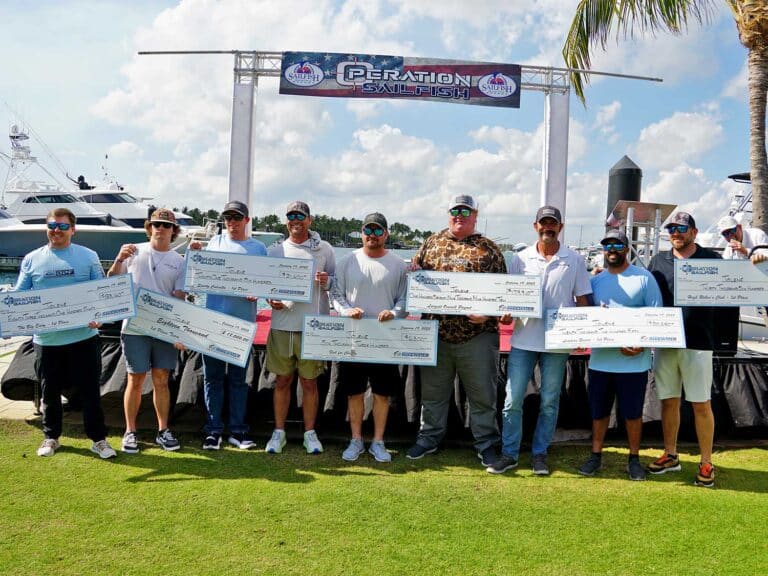
The IGFA has recently approved the use of braided line as backing in order to increase a reel’s line capacity. The IGFA rule book already included many different types of backing, but it required the backing to be of the same breaking strength or less than the monofilament used as a top shot.
When I heard they had approved braid as backing, that was fine by me, but then a friend told me there was an unlimited pound-test that you could use. The other change was you need only 5 meters of the line you want to use for the breaking strength to be considered for a record. Under the new rules, this means you could use 65-pound-test braided line — which has the diameter of 16-pound-test monofilament — as backing for your 30-pound-test monofilament top shot.
Yes, the weaker link — let’s say 30-pound-test mono — should break first. But the other advantages of having this over-tested backing gives today’s anglers a huge advantage over existing records.
How many world records would this really affect? I would guess most all of the billfish, tuna and other pelagic species. These game fish will put a big belly in the line during the fight, and having a backing of heavy braid is a significant advantage because of its thinner diameter, higher breaking strength and abrasion resistance, and the fact that it has virtually no stretch.
A couple of weeks ago while catching blue marlin at the seamounts off Costa Rica, I decided to test this rule change by putting almost a full spool of 65-pound-test braid and a really short top shot of 30-pound-test line on a couple of my reels. On the other two rods, we used all 30-pound-test mono.
| Comparing Line Diameters | ||||||||||
|---|---|---|---|---|---|---|---|---|---|---|
| Braid (pound-test) | 20 | 30 | 40 | 50 | 65 | 80 | 100 | 150 | 200 | 250 |
| Diameter (inch) | .009 | .011 | .013 | .014 | .016 | 017 | .018 | .022 | .030 | .035 |
| Mono Equivalent (pound-test) | 6 | 8 | 10 | 12 | 16 | 18 | 20 | 30 | 50 | 80 |
It did not take long to get a couple of marlin on and for them to take out a half-spool of line. With the much thinner diameter of the over-tested braid, we had no problem getting the belly out of the line — it cuts right through the water. If we were chasing records, I’d use this setup in a heartbeat. Then with the reels full of 30-pound-test mono, I sat there for a while as the angler pulled the belly out of the line so we could finally chase the marlin that was now jumping 180 degrees from the way we were facing. I seriously doubt if anyone who approved this rule had even tried to catch a real fish on this setup, much less a blue marlin.
Don’t get me wrong: I do not mind letting people use braid or any other kind of backing, just as long as they are using the same pound-test equivalent as the top shot. I am sure our forefathers were upset over many of the changes in the modern IGFA rules, like allowing two-speed reels, the changes from linen line to Dacron and monofilament, and more. There were times where leader lengths went from 15 feet on 20-pound-test and under to 30 feet and then back to 15 feet. Light-tackle records were broken with 30-foot leaders that still stand today.
Members of the Legendary Captains and Crew committee, many of whom have helped anglers set numerous world records, have sent letters and emails to the IGFA, and even a comprehensive presentation of the huge advantages this new rule gives to the anglers.
I encourage you to email the IGFA and express your opinion on this rule as soon as possible.
